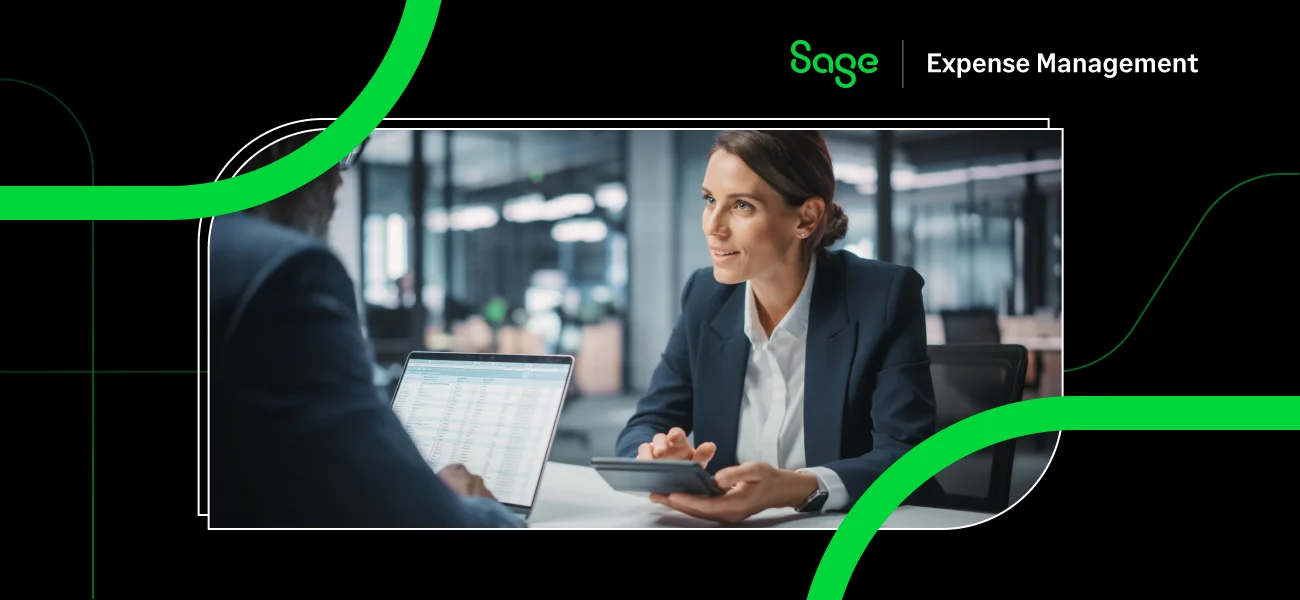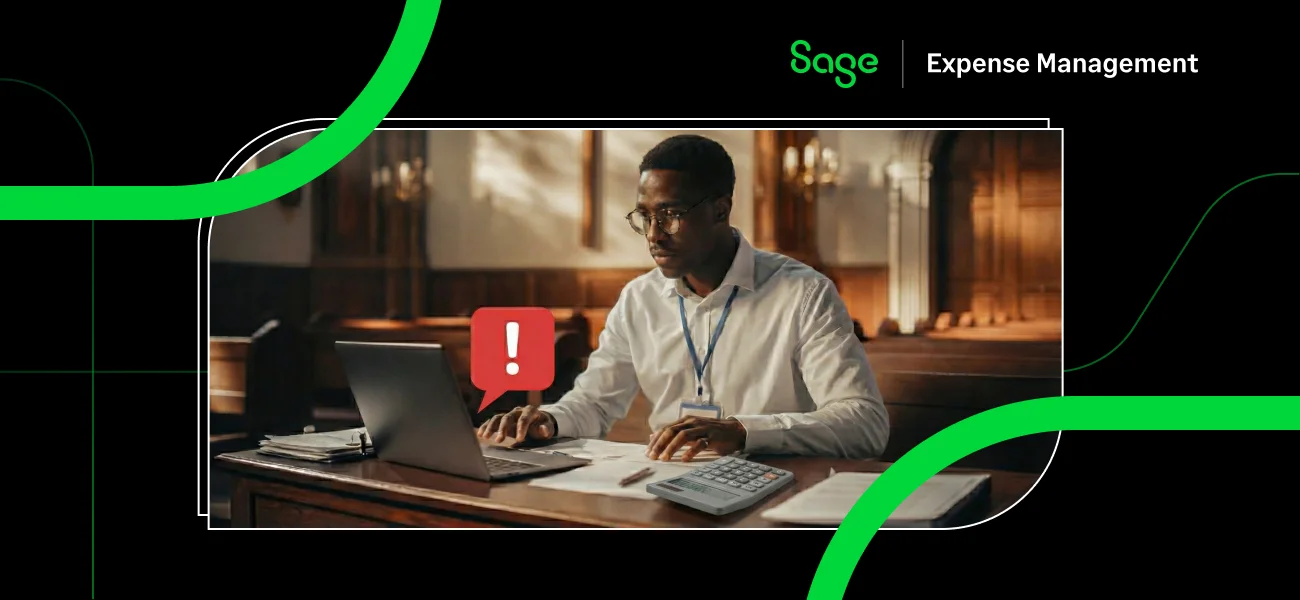As an accountant, it's frustrating and time-consuming to repeatedly remind field employees, who are always on the move or in areas with limited connectivity, to bring receipts for their card expenses to the back office for reconciliations.
What if there is a solution where receipts are instantly collected and transactions are reconciled automatically, so you don't have to contact your field workers constantly?
We've been doing it for a while with real-time credit card feeds.
What are real-time feeds, and how are they different from bank feeds and statement uploads?
Real-time credit card feeds are card transaction data received directly from credit card networks like Visa and Mastercard without depending on the issuing bank. This data is received as soon as a transaction happens, allowing construction firms to track spend and control budgets, reconcile card transactions without manual effort, and identify fraudulent transactions.
Direct bank feeds connect to your bank account to import transactions into your accounting software daily, weekly, or monthly, depending on your card program. Your entire workflow would rely on when you would receive transaction data. This lag, coupled with broken feeds, results in delayed reconciliations, reimbursements, and poor visibility into project spend.
Statement upload is the process of manually uploading credit card statements into your expense management software when it's made available by the bank. This gap between when the transaction is made and when the bank provides the statement leads to delayed reconciliations, inaccurate financial insights, and increased errors. Additionally, accountants may need to repeatedly request banking credentials and MFA codes from owners, which can be time-consuming and frustrating.
Also Read:
Why Choose Real-Time Credit Card Feeds Over Direct Bank Feeds and Statement Uploads?
How is Sage Expense Management (formerly Fyle) different from other Construction Expense Management Solutions?
1. Zero learning curve for field staff
Sage Expense Management does not require your field workers, contractors, subcontractors, and clients to be tech-savvy, as all you’d need to do is send a text message to track receipts and submit expenses. With the power of real-time feeds, field workers receive text notifications as soon as a transaction is made, often while they are at the POS with the receipt in their hand. They can reply to the SMS with a picture of the receipt, and we match it to the correct card transaction automatically. Businesses have reported a 48.7% jump in timely receipt submissions with instant text notifications!

2. Onboard clients as approvers into existing workflows
Our pricing model is based on active users who submit at least one expense report in a month. This means you can easily onboard your clients as approvers into your existing workflows at no extra cost. Your clients can view all incoming expense reports and approve them, post which the accountant or the contractor can start the reimbursement process instantly.
3. Advanced project spend tracking
With thin profit margins, it is vital for the construction industry to track every dollar. With Sage Expense Management, accountants can track billable expenses for every project with ease. You can assign separate budgets for projects, categories, departments, and cost centers. Alternatively, you can combine budgets like expenses for specific categories that should not exceed a certain limit to particular projects, cost centers, or departments. This enables you to identify where to cut costs, lower risks, and forecast more accurately. We also sends email reminders if expenses are nearing budget caps, ensuring contractors stick to the allocated budgets.

4. Automatic capturing and coding expense information
Our powerful AI engine can automatically track and code submitted receipts, reducing human errors and eliminating manual effort. When on-field employees submit receipts, even dependent fields like cost codes and cost types are automatically assigned.

5. Timely reimbursements
Getting reimbursed on time directly impacts cash flow management, project continuity, and supplier/subcontractor relationships. Our Platform helps simplify and speed up the entire reimbursement process, from submitting receipts to approvals, reconciliations, and reimbursements.
6. Automated compliance and expense fraud prevention
As the IRS closely monitors construction project expenses, staying compliant becomes critical for any construction company. Set up complex project rules and policies to detect unauthorized spend and fraudulent expenses even before they are submitted. This helps you stay compliant and audit-ready.

7. Integrations with accounting software
Sage Expense Management has powerful bi-directional integrations with NetSuite, Sage Intacct (including Intacct for construction and Sage 300 CRE), Quickbooks Online (QBO), Quickbooks Desktop (QBD), and Xero. You can import data like employees, projects, categories, GL codes, departments, job codes, cost codes, taxes, and more while automatically exporting your expenses as bills, journal entries, or credit card charges in real-time. This saves hours of time and manual effort.

In Conclusion
Bank feeds and statement uploads are a thing of the past. Sage Expense Management's real-time credit card feeds are the future of expense management for accountants in the construction industry. Schedule a demo today to know more!




.webp)
















